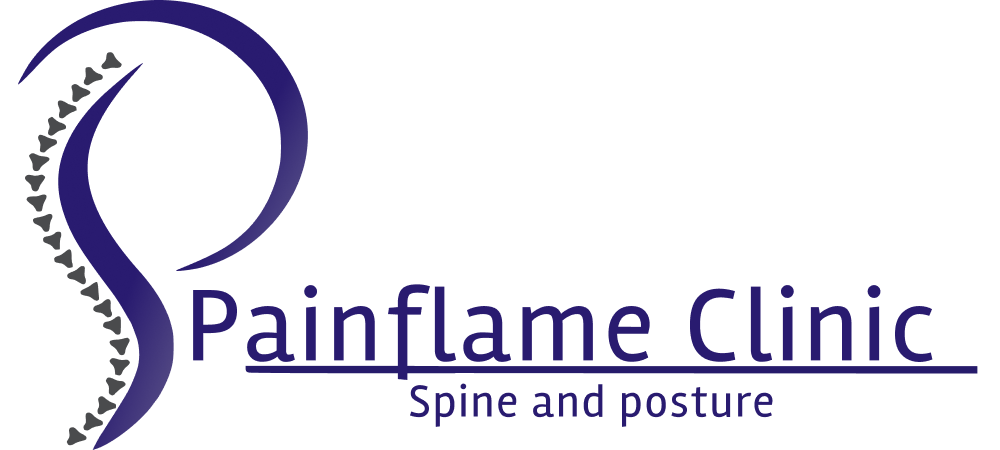The human body is a complex and intricate system, where every part plays a crucial role in our overall health and well-being. Among these parts, the navel, or belly button, stands out as a unique feature with both physical and symbolic significance. It is not merely a scar left from birth but holds cultural and spiritual meanings across different societies. Beyond its symbolic value, the navel can have a tangible impact on various aspects of our lives, including professional endeavors. In this article, we explore how the navel area influences different working professionals and the broader implications it has in the professional world.
Understanding the Navel
The navel, also known as the umbilicus, is a scar that remains after the umbilical cord is cut during birth. Biologically, it serves no direct purpose in adults, but culturally, it has profound meanings. In some cultures, the navel is considered a symbol of life, connection, and vitality. It has been depicted in art and mythology for centuries, showcasing its significance in human understanding. Moreover, the navel area is home to various nerve endings and muscles, contributing to our body’s overall stability and posture.
Impact on Sedentary Workers
Office Professionals
The modern workplace often involves long hours of sitting, which can impact the navel area indirectly. Prolonged sitting can lead to poor posture, lower back pain, and discomfort around the navel region. Sitting for too long lputs pressure in the abdomen leading to the navel displacement. This discomfort may stem from reduced blood flow and muscle tension, highlighting the importance of ergonomic work setups and regular movement breaks.
Programmers and IT Personnel
Professionals in the tech industry, such as programmers and IT personnel, spend extended periods in front of computer screens. This sedentary behavior can lead to issues like eye strain, neck stiffness, and back problems, including those near the navel area. Ergonomic chairs, adjustable desks, and posture awareness can mitigate these challenges.
Impact on Physical Laborers

Construction Workers
Those engaged in physically demanding jobs like construction rely heavily on core strength and stability. The navel area plays a crucial role in maintaining balance and supporting the spine during heavy lifting and repetitive movements and this may lead to navel displacement .Incorporating core-focused exercises and proper lifting techniques can prevent injuries and enhance overall performance.
Athletes and Fitness Trainers
For professionals in the sports and fitness industry, the navel’s impact is directly tied to core strength and athletic performance. High pressure during athlete results in the displacement of the navel or nabi. A strong core, including muscles around the navel, improves balance, agility, and power. Core workouts such as planks, twists, and abdominal exercises are integral to their training routines.
Impact on Healthcare Professionals
Surgeons and Nurses
In medical settings, precision and endurance are paramount. While the navel’s impact may not be immediately apparent, maintaining core strength and overall fitness is crucial for healthcare professionals. Long surgical procedures and physically demanding tasks require a healthy body, including strong abdominal muscles around the navel area.
Yoga Instructors and Alternative Therapists
Professionals promoting holistic well-being often emphasize the navel’s role in energy flow and body awareness. Practices like yoga, tai chi, and meditation incorporate techniques to engage and strengthen the core. A balanced and strong core supports posture, breathing, and overall physical and mental wellness.
Cultural and Symbolic Relevance

Beyond its physical and functional aspects, the navel holds cultural and symbolic significance across various professions:
Fashion Designers
Garment designs often consider the visibility or concealment of the navel, reflecting cultural norms and trends. Styles that accentuate or cover the midriff can influence fashion choices and aesthetics. Sometimes lifting of standing in one position for long hours starts giving pressure in the abdominal wall which may lead to displacement of the navel.
Performing Artists
Dancers, actors, and musicians use their bodies as expressive tools. Movements around the navel area can convey emotions, narratives, and cultural themes, adding depth to their performances.
Navel as a Source of Body Positivity and Self-Acceptance
The navel, like any part of the body, can be a source of self-consciousness or empowerment. Embracing one’s navel, regardless of its appearance, can contribute to body positivity and self-acceptance. This mindset shift is crucial for professionals across all fields, fostering confidence, resilience, and overall well-being.
Additional Impacts on Working Professionals
Teachers and Educators
Educators often stand for extended periods during teaching sessions. Strengthening core muscles, including those around the navel, can improve posture and reduce strain on the back and abdomen.
Sales and Marketing Professionals
Confidence and body language play a significant role in sales and networking. A strong core enhances posture, conveying confidence and assertiveness during presentations and meetings.
Lawyers and Legal Advisors
Legal professionals spend hours researching, drafting documents, and engaging in meetings. Maintaining core strength and posture supports focus, endurance, and overall physical well-being during demanding work schedules.
Journalists and Media Personnel
Fieldwork and reporting can be physically demanding and mentally taxing. Physical fitness, including core strength, contributes to resilience and stamina, essential for dynamic and unpredictable work environments.
The navel’s impact on different working professionals encompasses physical, cultural, and psychological dimensions. From influencing posture and core strength to reflecting cultural norms and promoting self-acceptance, it plays a multifaceted role in professional life. By understanding and acknowledging these influences, professionals can enhance their well-being, performance, and overall satisfaction in their respective fields. The navel, a seemingly simple anatomical feature, continues to remind us of the intricate connections between our physical bodies, cultural beliefs, and personal identities in the professional world and beyond.







